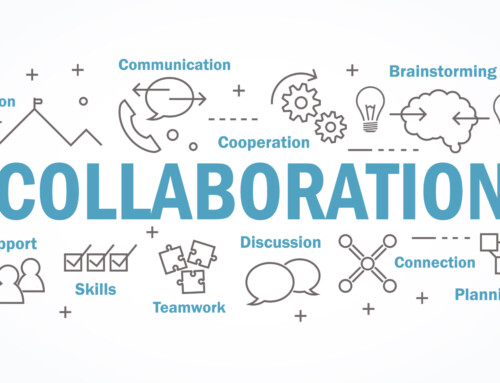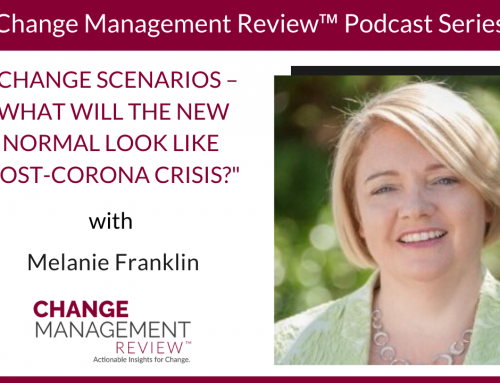One of the best things about working in organizational change is the opportunity to be at the forefront of progress in the organizations we serve. As leaders and practitioners of change, it is important to prepare ourselves for success by being aware of new ideas and trends that will shape our work in the months and years ahead and by getting ready to meet the future with knowledge and skill.
In the 25+ years I’ve been in this field, many waves of change have rippled through the world. Utilities, insurance and financial services, transportation, nonprofit/NGOs, telecommunications, health care, pharmaceuticals, and many other industries have each been in the spotlight at various points in time. Changes in laws and policies, advances in technology, and shifts in national and global mindsets and priorities have all influenced strategic priorities and shaped the direction of transitional and transformational change initiatives.
Let’s start with a little historical perspective: In the mid-to late 1990s, ODR (now Conner Partners) conducted an annual survey called “The Challenge of Organizational Change.” It asked leaders from a range of industries to identify the top changes they were facing in their organizations. I pulled up the results from 1999 to see what was on the horizon 20 years ago. The top initiatives, and the percent of organizations saying they were undertaking change in these areas, were as follows:
- Implementing information technology changes (84%)
- Reengineering existing business processes (83%)
- Expanding or contracting the work force (63%)
- Implementing major reorganization plans (63%)
Other items on the list included corporate culture, cost containment, customer service, entering new markets, becoming a learning organization, restructuring, and total quality management.
While many of these things are still on the radar, several additional trends are worth our attention. I turned to the results of the Society for Industrial and Organizational Psychology (SIOP)’s 2019 Top 10 Workplace Trends survey for guidance. It lists the following top-10 trends:
- Artificial Intelligence and Machine Learning
- Diversity, Inclusion, and Equality
- Working with Big Data
- “Gig Economy”/Contract Work
- Sexual Harassment/#MeToo at Work
- Automation of Jobs and Tasks
- The Changing Nature of Work
- Data Visualization and Communication
- Creating Agile Organizations
- Work-Life Balance Interventions
Here are three main implications—and potential development areas—I see for change management practitioners:
- We need to understand the significant advances taking place in the technology world and the changes they will drive in how humans work. The level of connection and communication among people, devices, sensors, and machines, the vast amounts of information that can be incorporated into decisions, and the ability of computers to learn and to make decisions autonomously has the potential to dramatically shift job roles and responsibilities, which will create large amounts of change. In addition, as we help people move through workplace transitions, technological advances can provide unprecedented levels of assistance and decision support that we can use to help people learn and adapt. If you’d like to learn a little more about what’s coming in this area, here’s a link to a webinar I did with a technology-savvy friend on this topic.
- We need to serve as influencers and role models on issues related to individual differences and interpersonal respect. Many organizations have expressed a commitment to creating environments in which people are judged on their merit and value to the organization rather than on more superficial characteristics such as gender, race, ethnicity, sexual preference, and physical appearance, and in which harassment of any kind is not tolerated. The change management community espouses values related to inclusion and diversity; we are often in a position to influence others and model effective practices. We have the opportunity to set a high bar for ourselves and our colleagues in terms of the language we use, the voices we include, and the boldness with which we raise concerns.
- We need to increase our knowledge and skill at storytelling and data visualization. It’s easy for the organizations we serve to become overwhelmed by the volume of information available about customer opinions, business outcomes, social network interactions, and many other things related to the success of major change initiatives. As we seek to help leaders understand what is happening and to make well-informed decisions, we must be prepared to synthesize, simplify, and present data effectively. This involves using visual elements like charts, graphs, and maps to portray trends and patterns, and using words and images to tell impactful stories that create insights and emotional connections.
Preparing ourselves in these areas will equip us to provide additional value to our clients as we move into the future together.




